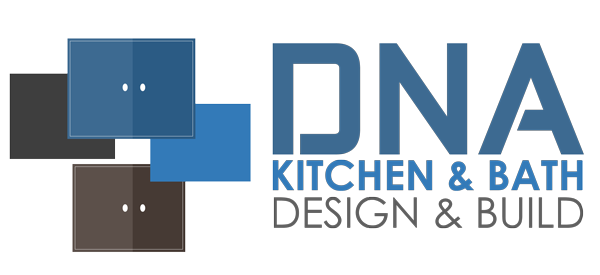Remodeling your bathroom can significantly enhance the comfort and value of your home, but it’s no secret that it can also be costly. However, you can control costs without compromising quality with cautious planning and smart choices. This blog covers some practical strategies to assist you in reducing expenses during your bathroom renovation endeavor.

Need for Bathroom Remodeling
Bathroom remodeling is a significant undertaking that goes beyond aesthetics. It’s driven by practical needs and the desire to create a more functional and inviting space. One key reason for remodeling a bathroom is to adapt to changing conditions. As life stages evolve, so do the requirements for your bathroom.
Families may need to accommodate aging parents or growing children, necessitating adjustments like adding grab bars or creating more storage. A well-designed bathroom can enhance accessibility and safety, especially for individuals with mobility challenges. It is especially relevant considering the importance of bathroom safety and ease of use for all family members.
Moreover, bathroom remodeling offers a chance to enhance energy efficiency. Older fixtures and appliances are less energy-efficient, resulting in higher utility bills and a larger environmental footprint.
By incorporating modern, water-saving fixtures and energy-efficient lighting, you can lower water usage and save energy costs. Additionally, bathroom renovations allow one to include sustainable and eco-friendly materials, contributing to a greener lifestyle. Whether it’s low-flow toilets or recycled materials for countertops and tiles, these choices align with the growing emphasis on environmental consciousness in home improvement.
Effective Strategies for Cost-Efficient Bathroom Remodeling
Let’s go through the most practical remodeling strategies;
DIY Demolition: Handling demolition yourself can save money on labor costs. Be cautious and consult tutorials if you need to familiarize yourself with the process.
Efficient Layout: Altering the layout can lead to extensive plumbing and electrical work. Try to keep fixtures in their existing locations to avoid extra expenses.
Budget-Friendly Materials: Opt for cost-effective materials that still offer durability and style. Consider alternatives like porcelain tiles instead of natural stone.
Refinish Instead of Replace: Refinish existing fixtures like bathtubs, sinks, and tiles instead of replacing them entirely.
Open Shelving: Installing open shelves instead of cabinets can be cost-effective and add a trendy touch to your bathroom.
Repurpose and Upcycle: Get creative by repurposing old furniture or items for vanity or storage solutions.
Standard Sizes: Stick to standard sizes for fixtures and materials to avoid custom fabrication costs.
Comparison Shopping: Explore different suppliers and compare materials, fixtures, and fittings prices.
Energy-Efficient Fixtures: Choose energy-efficient faucets, showerheads, and toilets to save on water and utility bills.
Paint and Accents: Applying a new layer of paint and new hardware can make a significant difference without breaking the bank.
Minimalist Design: A clean, simple design can be cost-effective and visually appealing.
Timing Matters: Plan your project during off-peak seasons to secure better deals from contractors.
Limit Structural Changes: Avoid structural modifications, as they can add substantial costs to the project.
Preventive Maintenance: Address leaks or water damage promptly to prevent further damage and expenses.
Hire a Reputable Contractor: While cutting costs is essential, hiring a reliable and experienced contractor can prevent costly mistakes in the long run.
Flexibility in Design: Be open to minor design changes based on cost-saving suggestions from professionals.
DIY Installation: If you have the necessary skills, consider handling some installation tasks yourself.
Long-Term Value: Invest in features that enhance the long-term value of your bathroom and home.
Plan Ahead: Thorough planning helps you avoid last-minute changes leading to increased costs.
By incorporating these tactics, you can attain a budget-friendly bathroom remodel that enhances the space’s aesthetics and functionality and adds value to your home.
Conclusion
Undertaking a bathroom remodeling project can be a manageable financial burden. By implementing the effective strategies highlighted in this blog, you can transform your bathroom while keeping your budget in check. These cost-efficient approaches, from DIY demolition to selecting budget-friendly materials, offer a balanced solution that enhances your space without compromising quality.
Remember that every choice you make, from repurposing existing fixtures to planning around standard sizes, contributes to the overall cost-saving efforts. Balancing affordability and achieving your desired aesthetic and functional improvements is essential. Whether you’re looking to accommodate changing family needs, enhance energy efficiency, or refresh the look of your bathroom, these strategies provide a roadmap for a successful and cost-conscious remodeling journey.
Limited budget? No problem! Invest in our money-saving strategies today, and enjoy a stylish and economical bathroom transformation you’ll love. Call DNA Kitchen & Bath at (718) 709-9030.







